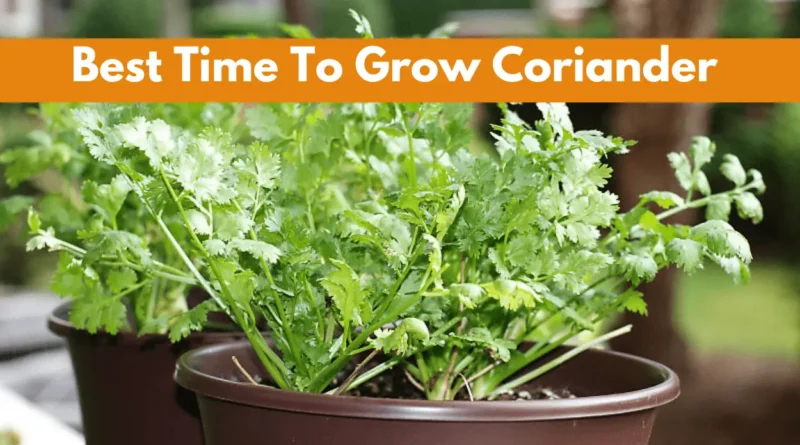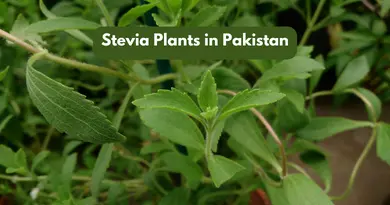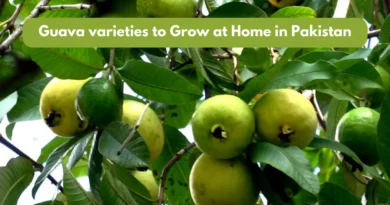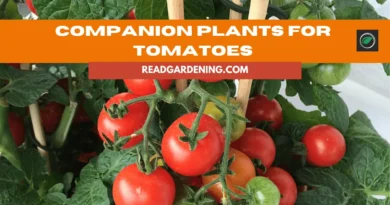Best Time To Grow Coriander In Pakistan (2024)
Sowing Success: Understanding the Best Time to Grow Coriander in Pakistan
Coriander, also known as cilantro or Chinese parsley in different areas of the world. In Pakistan and India, it is also known as dhaniya. Coriander is used all over the world as a spice and to garnish which increases the look of dishes. Coriander has many health benefits.
Coriander is a source of vitamin C, Magnesium, Calcium, and iron. For gardening enthusiasts harvesting coriander leaves lies in understanding the best time to grow coriander in Pakistan. In this detailed article, you can learn the ideal conditions and best time to grow coriander in Pakistan, assuring a thriving harvest that is bursting with taste.
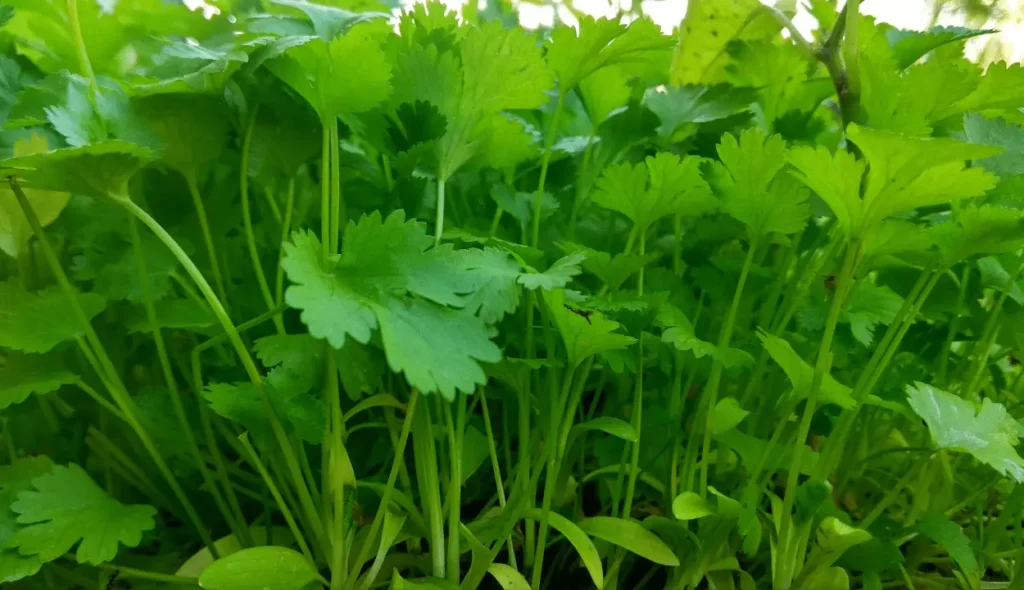
Table of Contents
Understanding Coriander(Dhaniya)
Before Learning about the best time to grow coriander in Pakistan, let’s get to know this herb a bit better. Coriander which is scientifically known as Coriandrum sativum performs well in cool temperatures and it belongs to the Apiaceae family.
Coriander is originally from southern Europe and southwestern Asia, but it is now a common ingredient in dishes all around the world.
Coriander Has Two Edible Parts:
- Leaves:
Coriander leaves are also known as cilantro. In Pakistan and India, the leaves are known as hara dhaniya. The leaves of coriander have many health benefits. All over the world coriander leaves are used to garnish dishes. The leaves are also used in salsa. Without using coriander in cooking majority of dishes are incomplete.
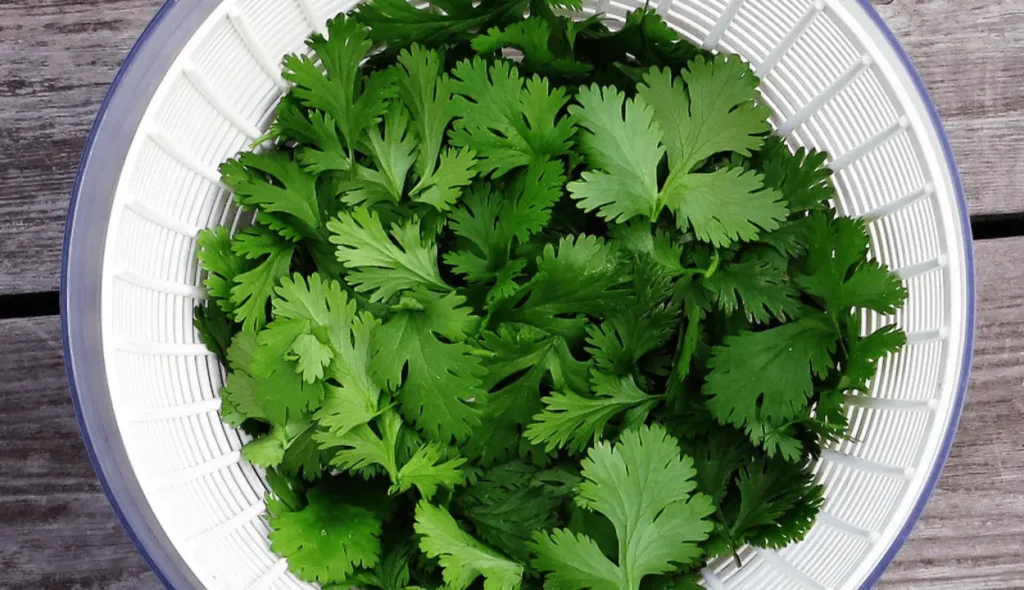
- Seeds:
When the coriander plant matures, it produces small, round seeds known as coriander seeds. These seeds have almost the same taste as leaves. It is important to dry seeds after harvesting and then you can grind it or in some dishes, the seeds are used without grinding.
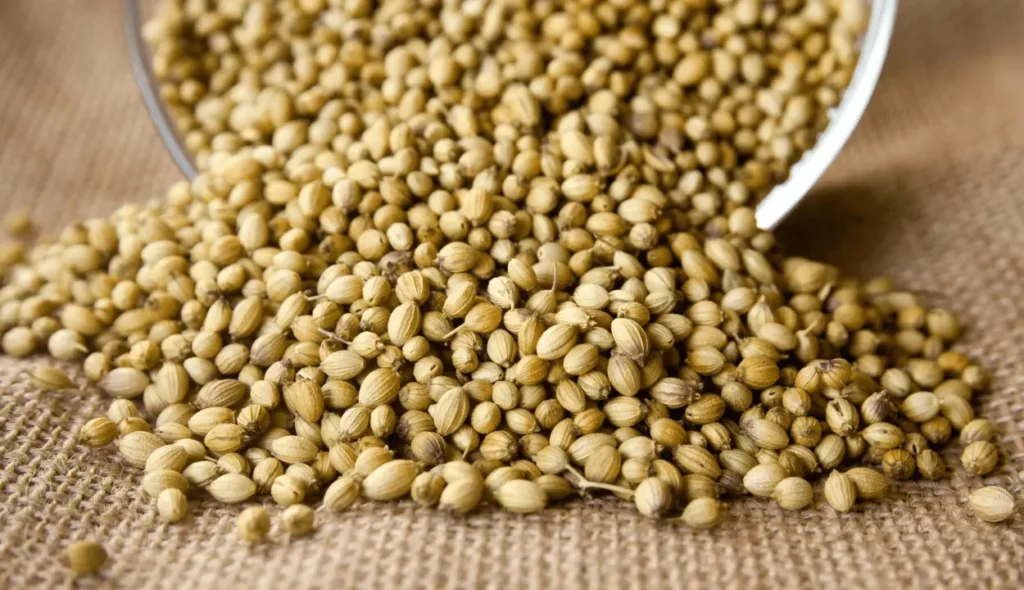
Let’s Explore How And The Best Time To Grow Coriander In Pakistan For a Successful Harvest.
Growing Seasons
Coriander loves to grow in cool weather (10°c to 25°c). Coriander cannot tolerate extreme weather winters or summer. The best time to grow coriander can depend on your area’s climate and weather conditions, but there are some general guidelines to consider:
Spring Planting
Early spring is the optimum time to plant coriander in gardens in areas with mild winters and springs. Growing the coriander in early spring has the benefit that it produces ample foliage before the summer heat sets in. Planting in spring produces an excellent crop of coriander.
Guidelines for spring:
- Choose a sunny or partially shaded spot in your garden or container.
- Sow coriander seeds directly into the soil, spacing them about 6 to 8 inches apart. Plant them about a quarter-inch deep.
- Maintain moisture in the soil keep in mind that do not overwater.
- As the plants grow, thin them to maintain proper spacing and ensure good air circulation.
Fall Planting
In areas with hot summers, growing coriander in the fall can be a great option. In the fall season, temperatures begin to cool down, coriander plants will grow successfully. Fewer pests and diseases attack coriander in the fall as compared to the spring season. Planting in fall has a long harvesting of coriander leaves.
Guidelines for fall:
- Late summer is the best time to start growing coriander seeds. Keep in mind that soil should not be waterlogged at seed sowing time. Crush the seeds softly before sowing this will speed up the germination process.
- Grow them in well-draining soil, and make sure they receive ample sunlight.
- Keep the soil consistently moist, especially during the establishment phase.
- By late fall, your coriander plants should produce seeds. Harvest them once they turn brown and start to split open.
Year-Round Indoor Growing
If you are living in an area with extreme temperature variations or limited outdoor space, you can grow coriander indoors successfully and use it in your dishes. By following the conditions and care, you can grow coriander indoors successfully. You can enjoy fresh leaves and coriander seeds anytime you want.
Here’s How To Grow Coriander Indoor In Pakistan:
- Select a suitable pot or container with proper drainage holes.
- Fill it with a high-quality potting mix rich in organic matter.
- Sow the coriander seeds about half an inch deep and cover them lightly with soil.
- Place the container in a sunny location or use artificial grow lights to provide adequate light.
- Maintain moisture in the soil but keep in mind that you do not overwater.
With indoor growing, you can have a continuous supply of coriander leaves for your culinary creations.
Understanding Coriander(Dhaniya) Growth Stages
Understanding the growth stages of coriander is important for growing coriander successfully:
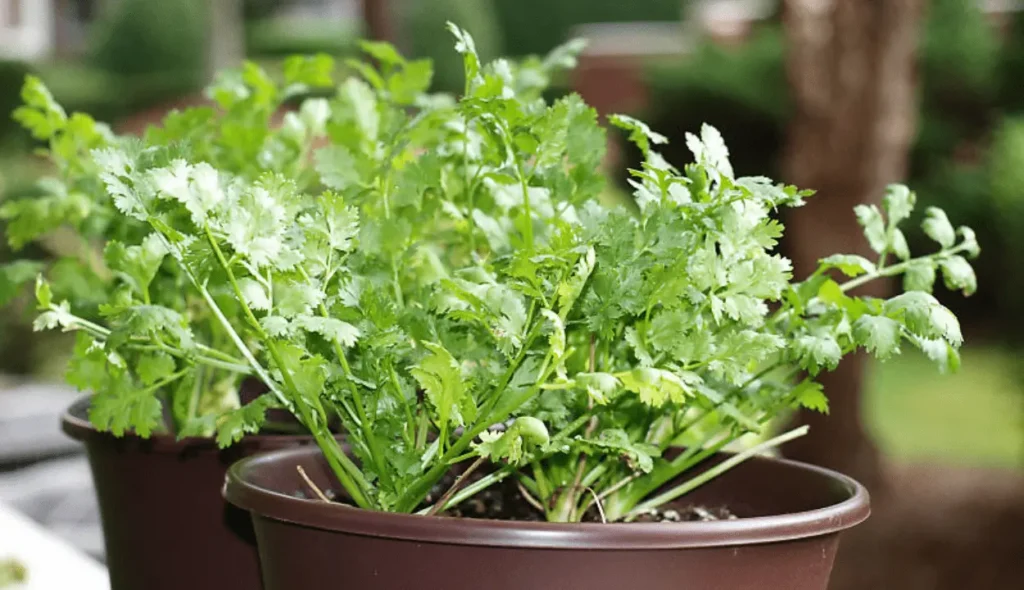
- Germination Stage
Coriander seeds normally take 10 to 15 days to germinate. Maintain moisture in the soil after sowing seeds this will encourage the process of germination. When the seedlings have at least two leaves, you can start thinning to the desired spacing.
- Leafy Stage
As your coriander plants grow, they’ll enter the leafy stage, where the focus is on producing lush foliage, primarily cilantro leaves. This stage is ideal for spring plantings, as the cooler temperatures promote leafy growth.
- Bolting and Flowering Stage
Coriander plants can begin to bolt when the temperature rises, which means they will start growing flowers and then seeds. If you’re growing coriander in the summer, be aware that it may bolt because this change is more common in warmer temperatures.
- Seed Harvesting Stage
When coriander plants bolt (Bolting in means the plant starts making flowers and seeds earlier than expected). Harvest the seeds and dry them for culinary use or save them for planting in the next growing season.
Tips for Successful Coriander(Dhaniya) Growth
Regardless of the season you choose to grow coriander, here are some tips to ensure a successful harvest:
- Soil Preparation
Coriander grows successfully in well-draining and organic matter-rich soil. Prepare the soil by adding compost or decomposed organic matter to improve soil fertility and drainage. Adding organic matter to soil will result in lush green leaves because it contains nitrogen
- Spacing
Proper spacing allows for good air circulation and prevents overcrowding. Spacing also helps to prevent pests and disease attacks. Follow the recommended spacing guidelines for your chosen planting time.
- Watering
Make sure to maintain moisture in the soil, especially during the germination period and the first several days of growth. Do not overwater coriander plants it can cause root rot and increase the chances of fungal diseases. Only water the coriander plants when the upper soil is dry.
- Fertilization
For coriander always use a balanced fertilizer, you can use N-P-K and select a nitrogen ratio slightly higher, which will promote healthy growth. Avoid too much nitrogen because it can cause bolting before time. And once the plant starts producing flowers the leaves become tasteless.
- Pruning and Thinning
Regularly prune and thin your coriander plants to encourage bushy growth and prevent overcrowding. harvest the outer leaves that have become mature and keep in mind that do not take more than one-third of the plant leaves at a time.
- Protection from Pests
Watch out for common pests that might harm coriander, like aphids and whiteflies. You can use natural pest control methods like neem oil or insecticidal soap if necessary.
Harvesting Coriander Leaves
Scissors or garden shears can be used to cut the outer leaves when harvesting coriander leaves. Leave the center leaves and growing tip intact to encourage regrowth. Harvesting at the right time is important for the best flavor. After sowing seeds it takes about 4 weeks for the first harvest.
Harvesting Seeds
Harvest coriander seeds after the plant bolts, producing tall flower stalks with small white or pink flowers, typically in late spring or early summer. Wait until the seeds turn brown, indicating maturity.
To check, gently shake a seed head – if seeds fall off easily and are dry, they’re ready. Cut the seed heads with scissors. Coriander seeds should be properly dried for a few days in a shady area. After the seeds are dry you can use it.
Conclusion
The best time to grow coriander in Pakistan significantly impacts its success and flavor. For optimal results, consider your local climate and seasonal variations. Coriander thrives in cooler temperatures, making spring and fall ideal for cultivation in many regions. Spring planting ensures lush, flavorful leaves, while fall planting allows for extended harvests.
Be cautious of hot summer conditions, which can induce early bolting and negatively affect flavor. Regardless of the season, providing well-drained soil, consistent watering, and adequate sunlight is crucial. By aligning your coriander cultivation with the right season, you can enjoy bountiful, aromatic herbs that enhance your culinary endeavors. Enjoy Gardening!
FAQs
Can I grow coriander indoors all year?
Yes, you can grow coriander indoors successfully. Choose a pot or container with proper drainage holes, use potting mix, sow the coriander seeds half an inch deep, provide adequate sunlight or artificial grow lights, and maintain consistent moisture in the soil.
What is the ideal temperature range for growing coriander?
Coriander grows successfully in cool weather with a temperature range between 10°C to 25°C. Coriander cannot tolerate extreme weather winters or summer. The best time to grow coriander can depends on your area’s climate and weather conditions.
In how much time do coriander seeds start germinating?
Coriander seeds start germinating in between ten and fifteen days. The germination time can depend on the weather and soil conditions. Maintain moisture in the soil after sowing seeds this will encourage the process of germination.
What should you do to avoid overcrowding in coriander plants?
Pruning and thinning coriander plants will help to prevent overcrowding and encourage growth. Harvest the mature outer leaves, but don’t take more than one-third of the plant’s leaves at once because the plant can go under stress.
How should coriander seeds be harvested for culinary use?
Coriander seeds should be harvested after the plant bolts, indicating the flowering stage. Wait until the seeds turn brown, indicating maturity. Cut the seed heads with scissors and properly dry the seeds for a few days in a shady area before use.

